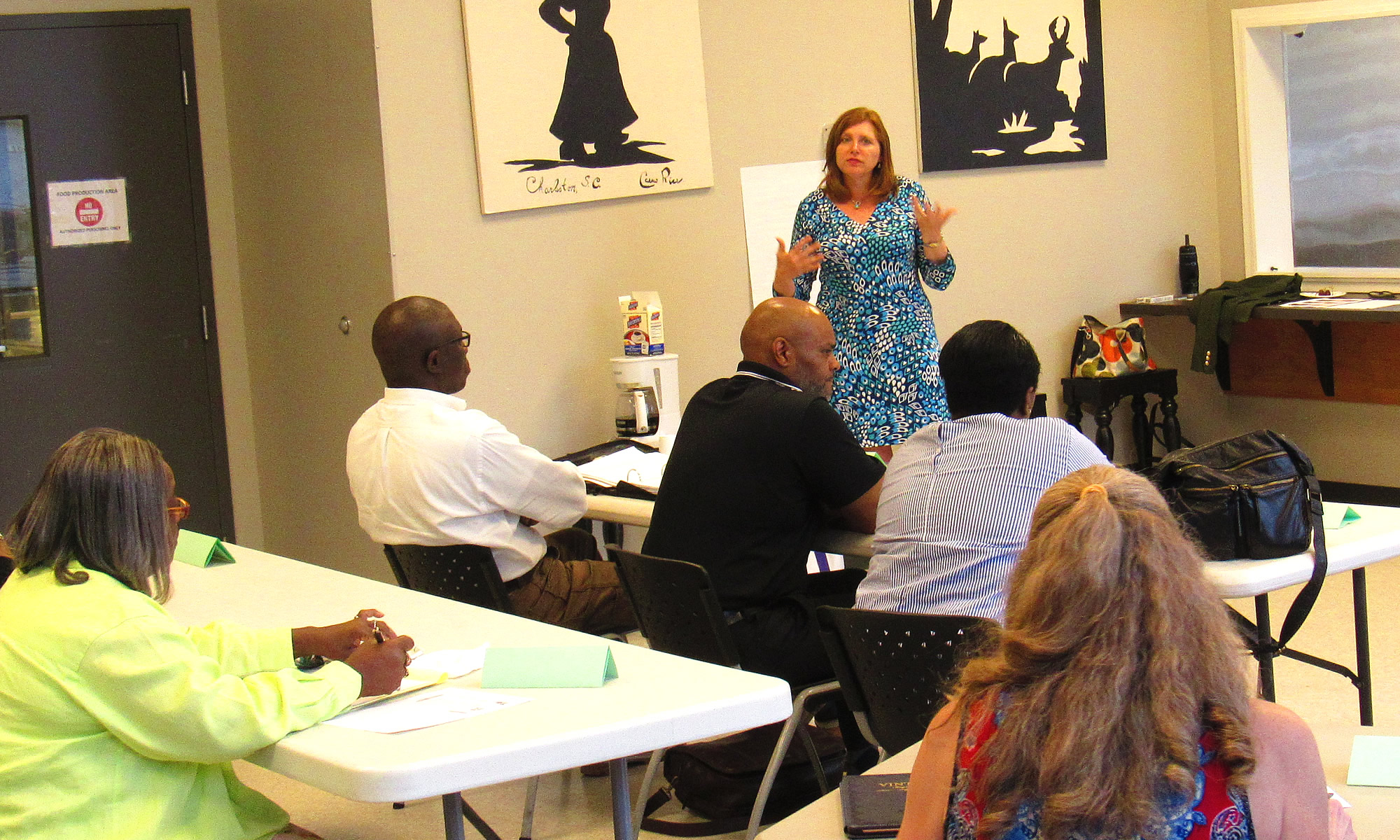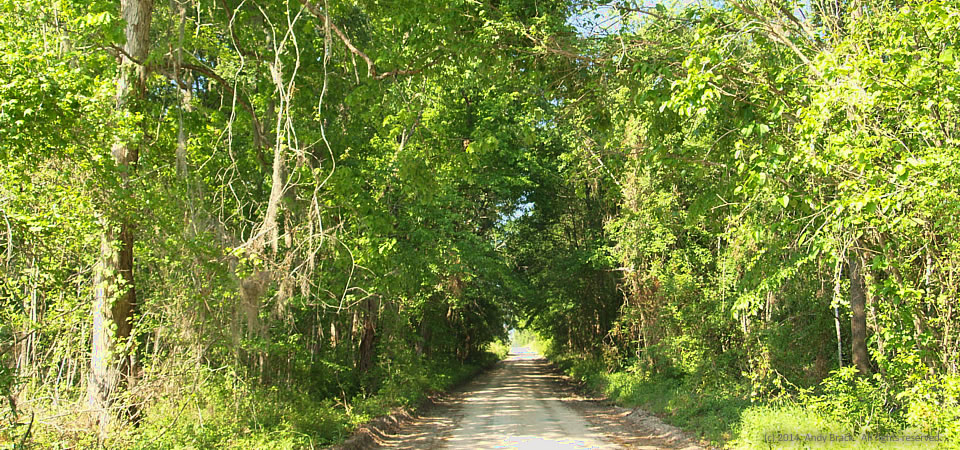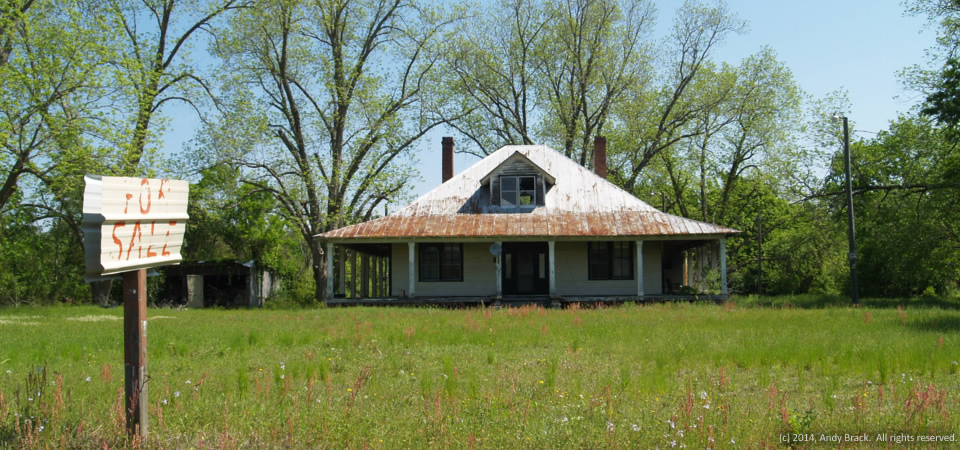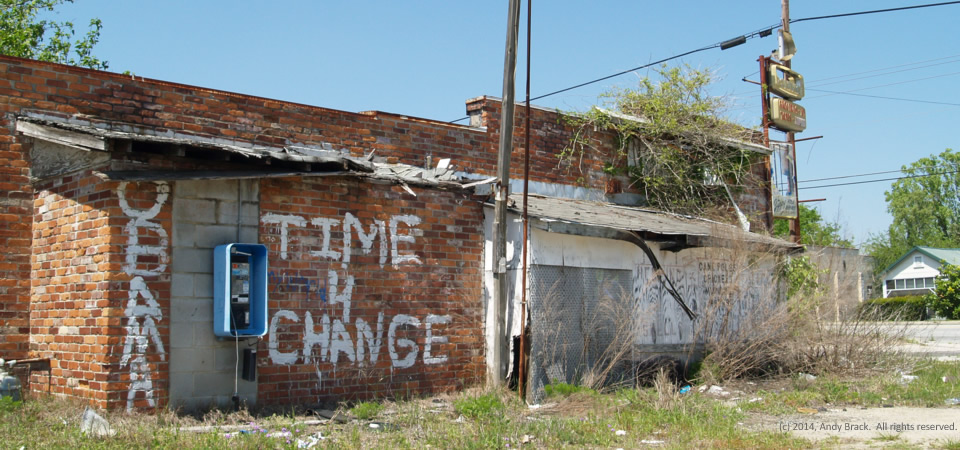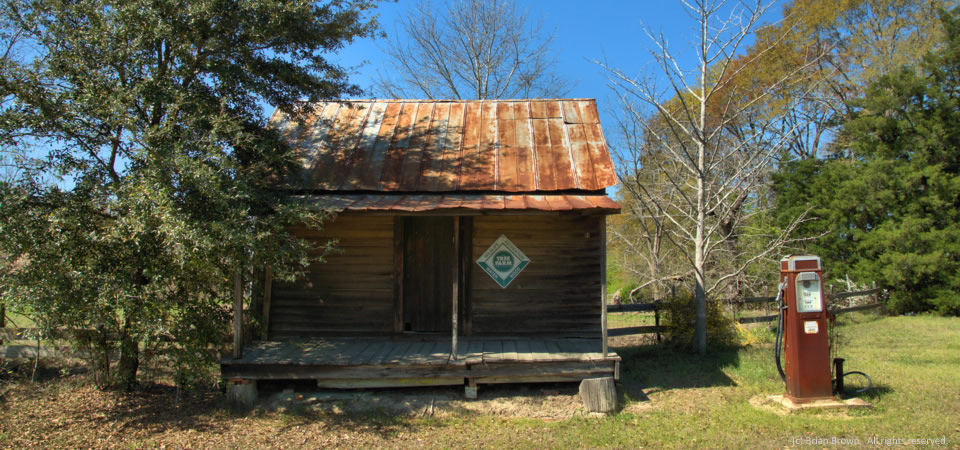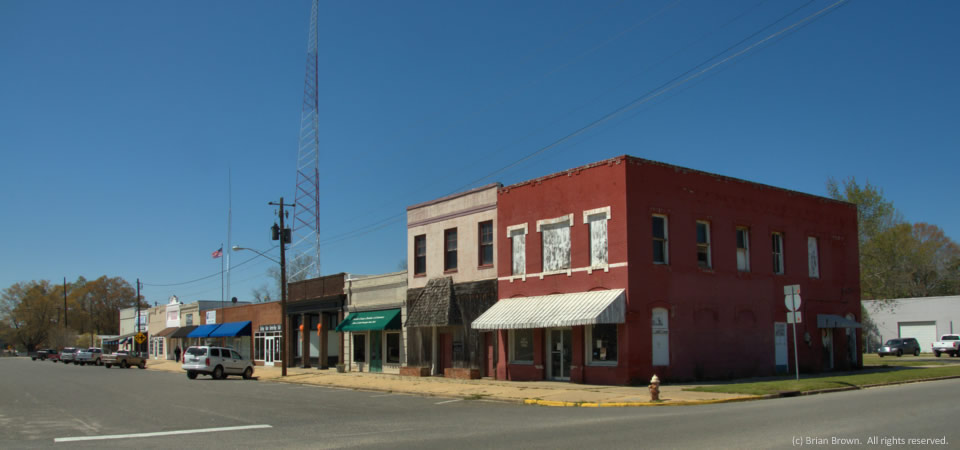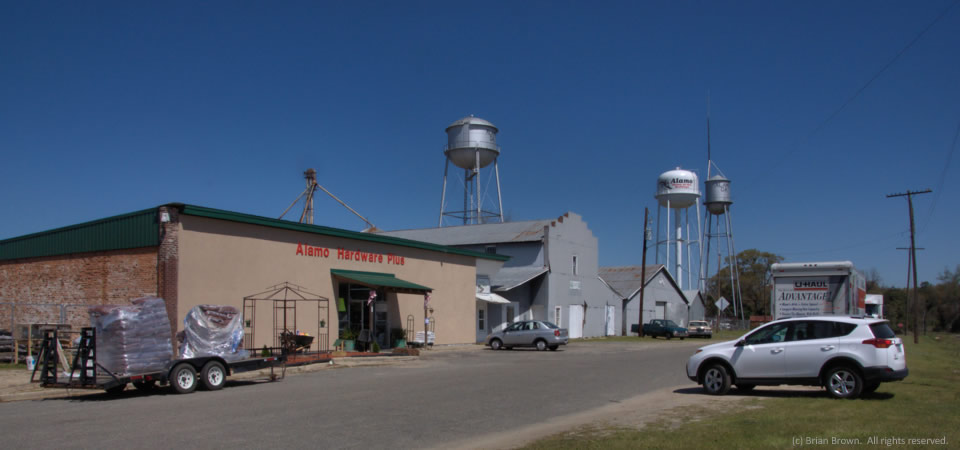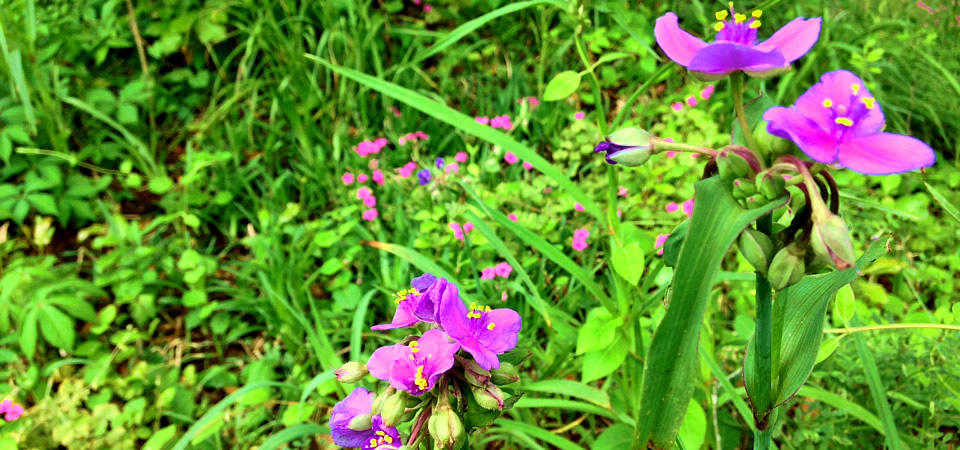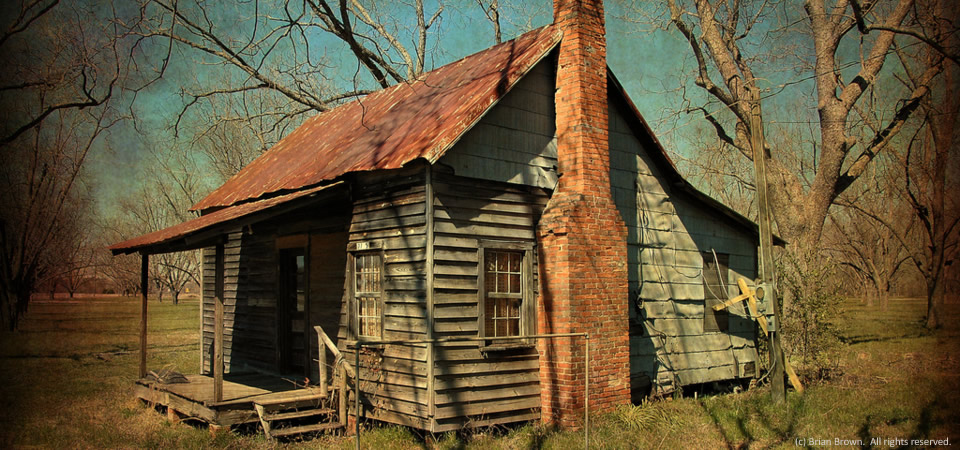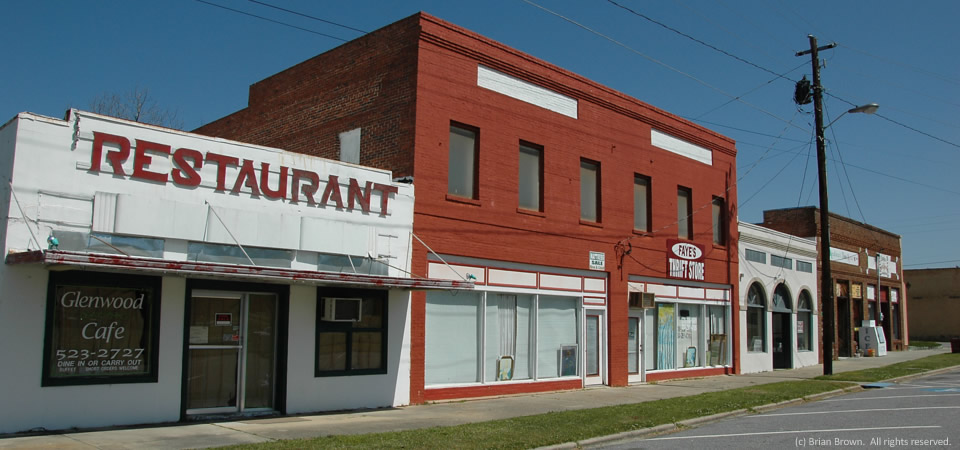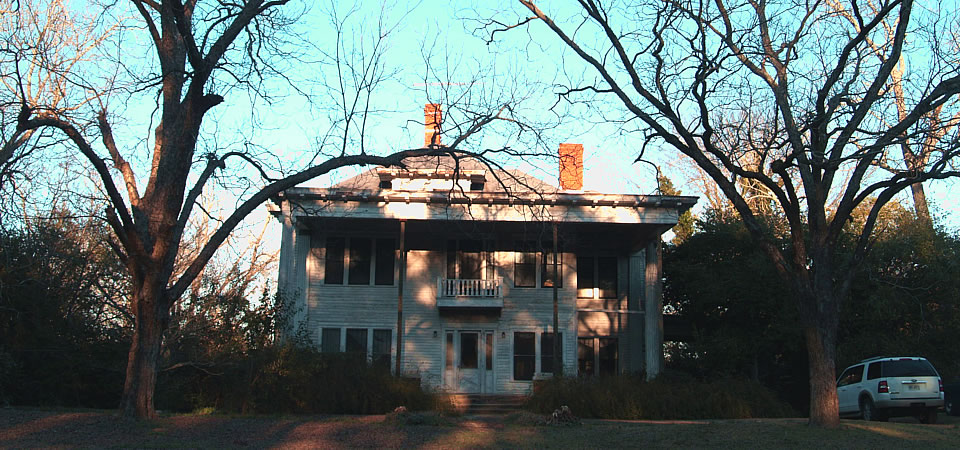This jungle of trees over a dusty dirt road in rural Orangeburg County is a familiar site along the Southern and Gulf coasts.
Orangeburg County is home to more than 91,000 people, two thirds of whom are black. The county has a poverty rate of 24.5 percent. The City of Orangeburg, known for its gardens and historically black colleges, officially is home to 13,850 people and has a 31.3 poverty rate in 2012, but the greater area has more than 65,000 people.
Copyrighted photo was taken April 23, 2014 by Andy Brack. All rights reserved.
